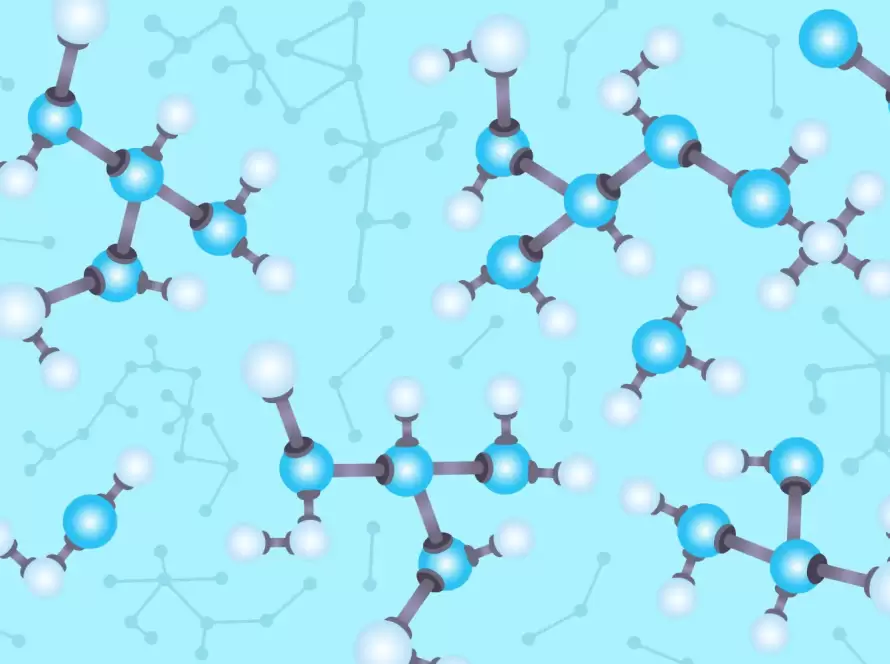Biological sample management refers to the methodical and organized processing, preservation, and disposal of products obtained from biological source and classified as biological products. It also includes biological specimens such as tissue, blood, and body fluids. Biological products deteriorate at ambient and high temperatures and lose their potency and intended pharmacological activities. In order to preserve the integrity of the samples, a specific dedicated biological sample management procedure is required. Pharmaceutical companies involved in the business of biological products prioritize biological sample management as an essential component of their business that ensures the safety, effectiveness, and quality of biological products.
Few important aspects related to biological sample management are summarized below:
- Sample gathering: Proper methods and techniques are essential to ensure the quality, consistency and integrity of the biological samples. These include working under aseptic conditions, following validated aseptic procedures, use of specialized machinery and specific handling and processing guidelines.
- Testing and analysis: The biological samples need stringent in-process controls and management of critical steps to ensure production of high quality biological products that maintain their potency for effective biological actions. Utmost care is required to avoid any contamination as well as any deterioration that would hamper the final product. In-process quality checks are therefore needed to control the quality of the final product. All the manufacturing processes, testing protocols and the set specifications must be established following validated process and analytical methods.
- Storage parameters: Samples should be kept stable and protected from direct sunlight. Most often the biologicals need to be maintained between 2 -8 deg Celsius. Biological products require special containers with clear storage conditions mentioned onto the label. The storage and shipments of the biological products must be accompanied with the instructions for storage and handling as well as steps to be taken in case of any breakages and spillage.
- Traceability and tracking: Samples must be monitored and tracked across the supply chain, with detailed documentation of the sample’s origin, handling, and conditions of storage. This helps to assure that the quality of the product is maintained at all times. Appropriate traceability and sample tracking is essential should there be any events that lead to product recall from the market.
- Disposal: In order to avoid contamination or environmental damage, biological samples should be disposed of in compliance with legal requirements and industry standards.
The handling, storage, and disposal of biological samples at all times should all be done in accordance with standard operating procedures (SOPs), and all staff members should be trained in these processes. It is important to organize frequent training and assessments of the team involved in cold-chain storage handling for biological products. They must be trained on the latest legal and technical requirements issued by the authorized national and international authorities.
Efficient Biological samples management offers following benefits:
- Ensuring sample quality and helps maintain stability and sensitivity of the biological samples.
- Improving research quality by providing accurate representative biological samples.
- Effective traceability: The precise logistics of handling such as storage and transportation with good track and trace modality helps to identify the product until the end user.
. Regulation compliance: The entire validated and established production, release, storage and transportation procedures and its management guarantees the quality of the biological sample in compliance with the regulations.
Effective biological sample management is essential for preserving the integrity and quality of biologicals to its integrity that helps for therapeutic and / or research objectives.


